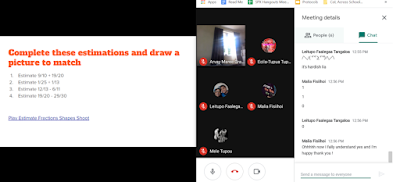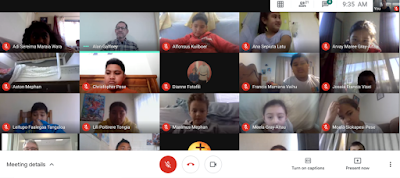Devices are apart of our everyday school life as a member of the Manaiakalani Cluster. The kaupapa revolves around our learners being confident digital citizens, enabling them to access their learning anywhere, anytime and at any pace. Using 'Learn, Create, Share' as the leading pedagogy to drive learners toward visible and ubiquitous learning, strong learner agency and connectedness to grow knowledge. With this in mind our students, parents and fellow staff felt that with Level 4 Lockdown taking a hold of New Zealand beginning on 25th March 2020 we'd have the online platform and technical capabilities to continue with our learning.
However, with Lockdown in full swing I felt unclear as to how I would be able to support and continue to build on our mindfulness routines and success without a physical presence. My worry comes from the knowledge that Māori and Pasifika have long been identified as a group who are underserved by the New Zealand education system. This is characterised by an overrepresentation of comparatively low achievement, high truancy, and leaving school early. To add to these statistics Māori and Pasific communities have the highest rates of depression and anxiety in the country, with the lowest rate of diagnosis. These statistics were what I wanted to positively influence and change and within our classroom it felt as though some small changes were happening.
Technology, devices and specifically 'screen time' have been associated with ideas of poor mental health and having negative effects on brain development. Devices have worn the brunt of societal issues that have been around long before devices. However studies have shown just one hour of screen time could be enough to make children more likely to be anxious or depressed, less curious, less able to finish tasks, less emotionally stable and lowering their self-control.
This now brings the question: How can I use eLearning tools to aid hauora in the classroom while distance teaching?
 |
| The beginning of online teaching |







